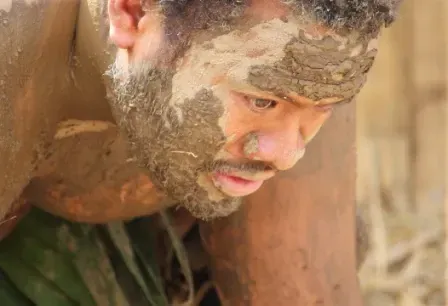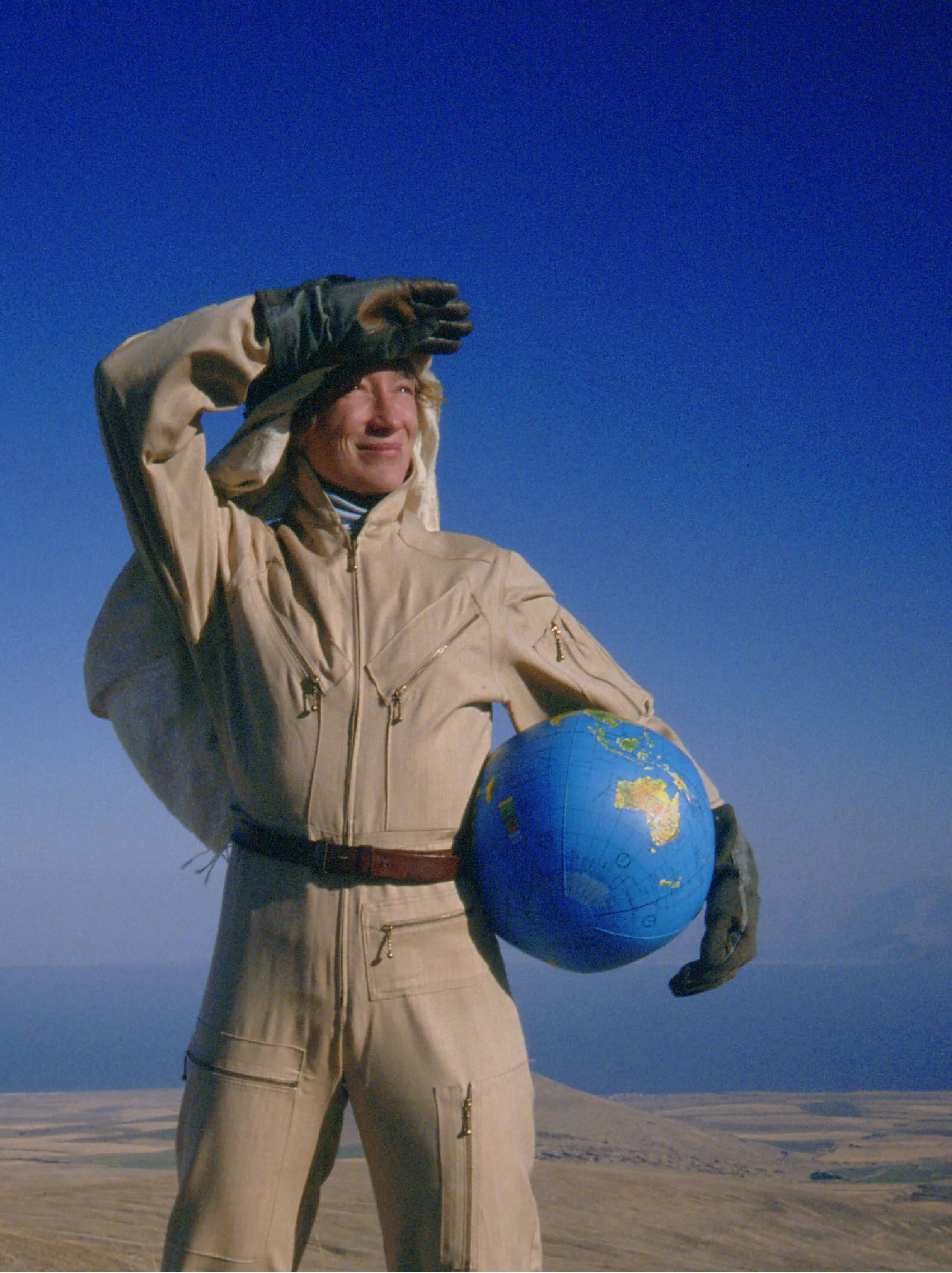Artist Goes Homeless at Te Tuhi
Written by

Performance artist Kalisolaite Uhlia will live in the grounds of Te Tuhi as part of the exhibition What do you mean, we? which explores issues of prejudice. For two weeks from March 19, Uhlia will shed his regular life and rough it outside to gain a greater understanding of what it might mean to be homeless. Uhlia will survive on the generosity of a food bank being set up in the gallery and will have only enough belongings to fit into a supermarket trolley.
What do you mean, we? groups together an international selection of artists to examine prejudice in its various forms. Selected artists employ a range of innovative strategies from psychoanalysis to voluntary homelessness to expose or even transcend discrimination. The group exhibition of ten artists opens at Te Tuhi on March 3.
Danish artist Simone Aaberg Kaern's Emmy award nominated documentary Open Sky, is one of the exhibition highlights. Kaern flew her small 1960s Piper Colt airplane from Copenhagen to Kabul to answer the dreams of a young Afghani woman who aspires to be a fighter pilot. The flight required Kaern to risk her own life in crossing enormous mountain ranges and violating military air space to enter war torn Afghanistan. Yet it was the attempt to cross cultural boundaries and transcend gender discrimination that proved the greater hurdle. This sweeping epic journey has a thrilling narrative made all the more intense by Kaern's real life experience.
Australian collective Boat-people.org adopts surrealist and activist sensibilities with their work Muffled Protest. Occurring in cities across Australia, participants wrapped their heads in the Australian flag in silent protest against Australia's imprisoned asylum seekers. The intervention made an unforgettable public statement.
Auckland based Colin Nairn's video work God is dead features the legislation of the 79 countries where it is currently illegal to be homosexual. In this work Nairn has animated the test so that the law in each country scrolls one after another down the screen. Presented all together the legal terminology reads like a sanitised list of insults. It also takes on a sadistic tone as penalties such as life imprisonment and 100 lashes scroll by. A reality that hits home given that it has only been 25 years that homosexuality has been legal in New Zealand and that some of the countries listed are our neighbouring island nations.
Curator Bruce Philips has spent the last year bringing all the artists together for the exhibition. "All the artists are employing unusual approaches to tackle the age-old issue of prejudice", he explains. "There isn't one single issue or specific finger pointing; rather the exhibition focuses on what causes prejudice in us all, broaching the topic in humorous and inventive ways. This show helps us look at ourselves in a non confrontational way, and is a step towards understanding and tolerance in our multi-cultural and global age."
Other artists contributing to What do we mean, we? include Elizabeth Axtman (US), Newell Harry (AUS), Amanda Heng (SG), Rangituhia Hollis (NZ), Tom Johnson (IT/US), and Ayanaha Moor (US).
What do we mean, we? opens at Te Tuhi Centre for the Arts 2pm on March 3 and runs until May 6. The gallery is situated at 13 Reeves Rd, Pakuranga. www.tetuhi.org.nz
Image caption:
Kalisolaite Uhila, Pigs in the yard, 2011
(performance at Mangere Art Centre)
Photo: Lynda T.
